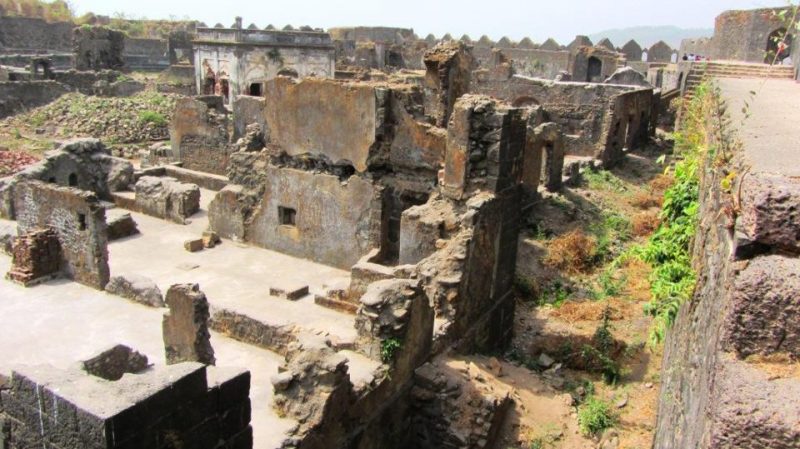Situated on an oval-shaped rocky island in the Arabian Sea, near the coastal town of Murud, 165 km south of Mumbai, Murud-Janjira is one of the strongest marine forts of India and the only unconquered one along India’s western coast. Now in ruins, in its heyday, it was a full-fledged fortress with all the necessary facilities, such as palaces, quarters for officers, a mosque and two small 60-foot-deep natural fresh-water lakes.
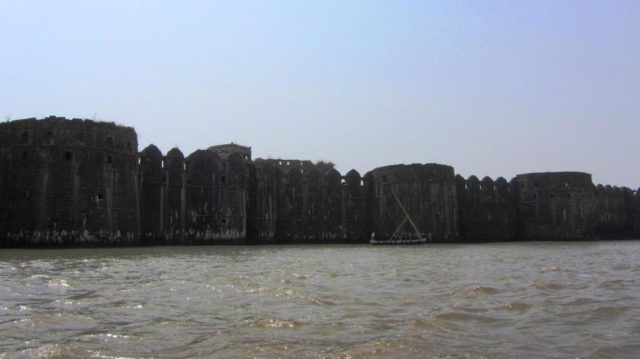
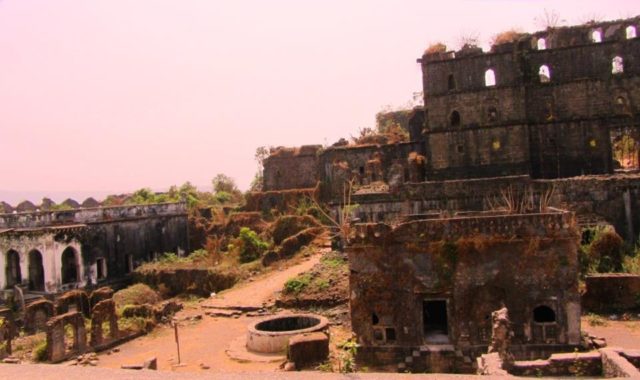
The fort was originally built in the 15th century by a local Maratha Fisherman Chieftain, Rajaram Patil, as a defense against pirates and thieves. At that time, the fort was known as “Medhekot” and was built to protect his people from attacks from the sea.
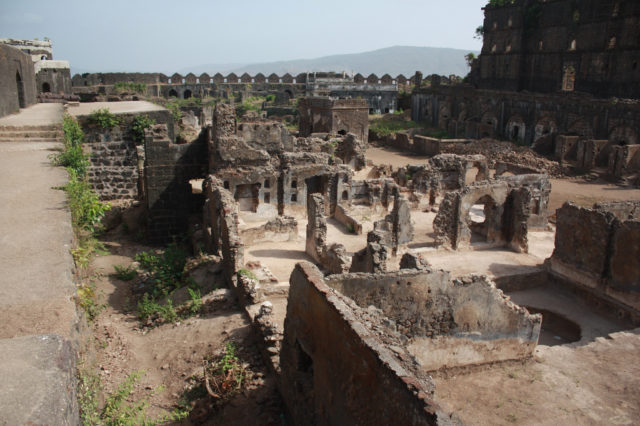
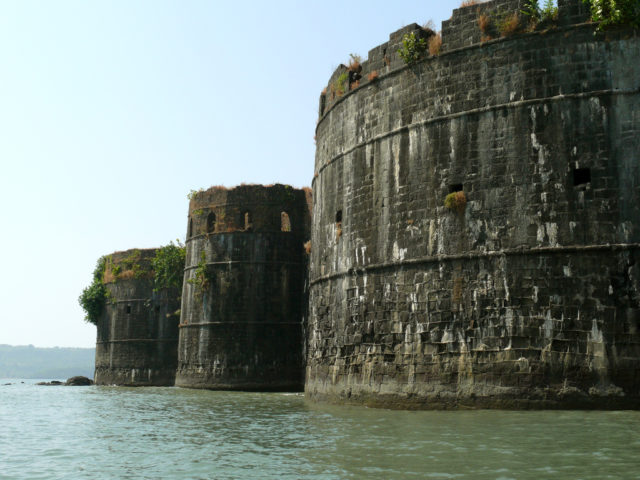
The fort was later captured by the Abyssinian Siddis – a Sufi Muslim group of African descent who received authority of the island from the Habashi – who played an important role in the history of Mumbai. The fortress was their source of power, strength and protection. From then onward, the Siddis became independent and exceptionally powerful as an autonomous state and the fortress was their source of authority, strength, and protection.
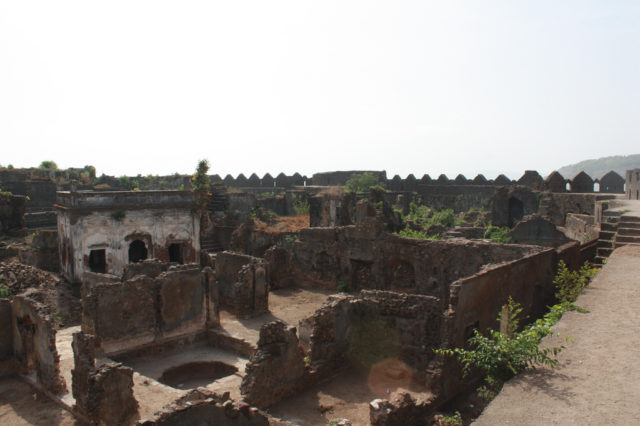
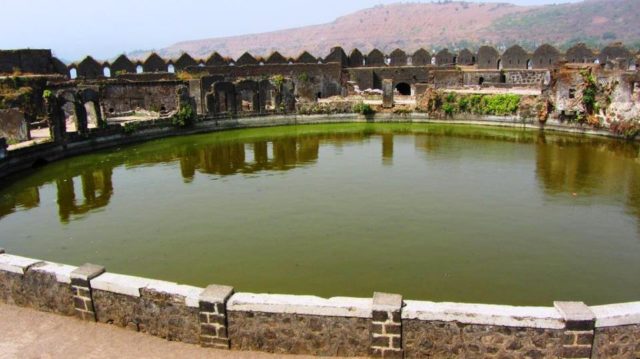
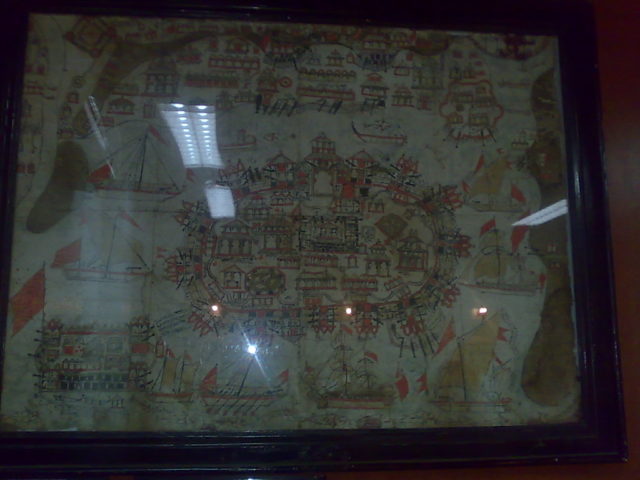
According to all accounts, the sea fort of Janjira could not be conquered by any of the kings ruling the neighboring territories. Throughout history, numerous attempts were made by the Portuguese, the British and the Marathas to subdue the power of the Siddis, but they all failed. Surprisingly, not even the great Maratha leader Chhatrapati Shivaji could acquire it despite 13 expeditions to conquer the fort. His son Sambhaji even attempted to tunnel his way into the fort but was unsuccessful in all his attempts. A stone carving at the main entrance of the Fort depicts six elephants trapped by a single tiger – a symbol of the bravery of the Sidis.
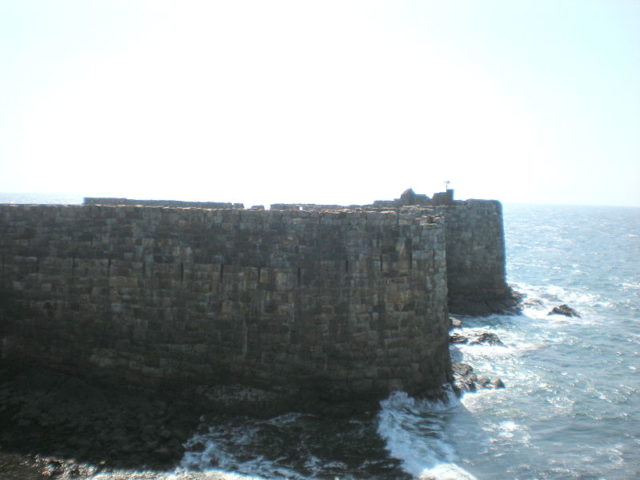
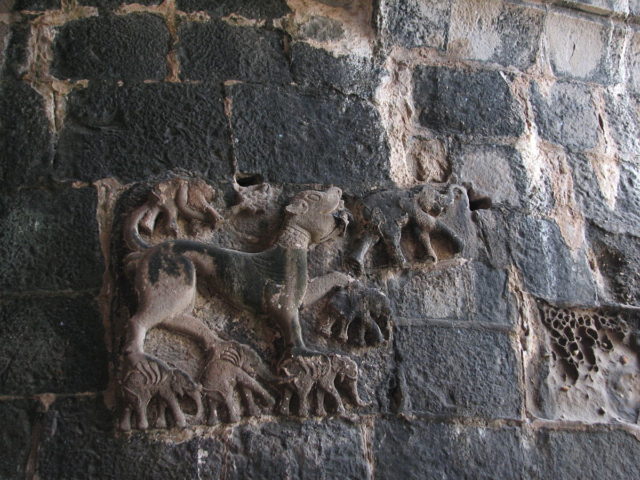
The fort has 26 rounded bastions, still intact. The fort wall is about 40 feet high and has 19 rounded porches or arches. There are many cannons of native and European make rusting on the bastions. These cannons were largely responsible for repelling oncoming enemies from the sea. The three gigantic cannons named Kalalbangdi, Chavri, and Landa Kasam, weighing over 22 tons each, are the special attraction of this fort.
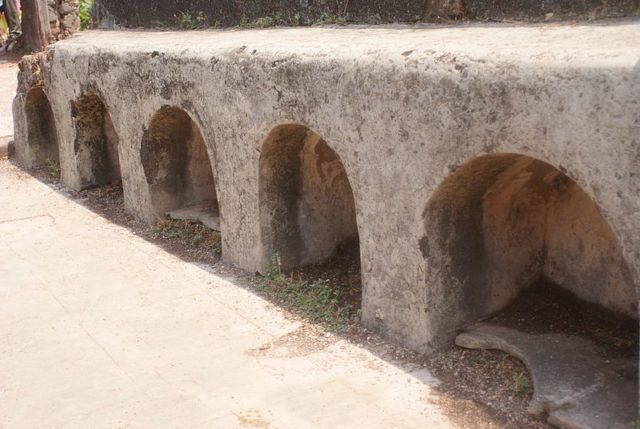
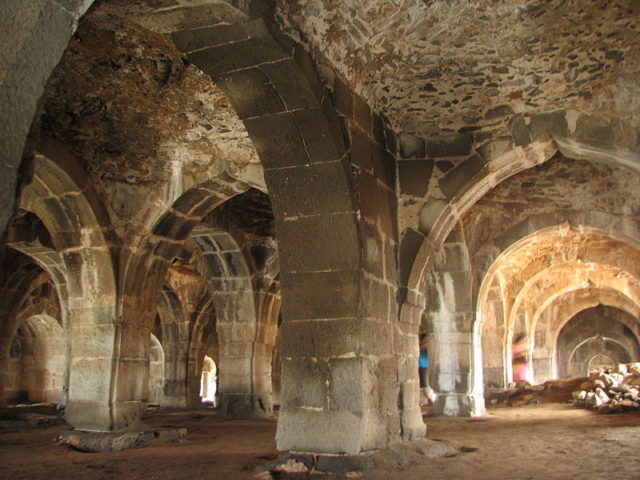
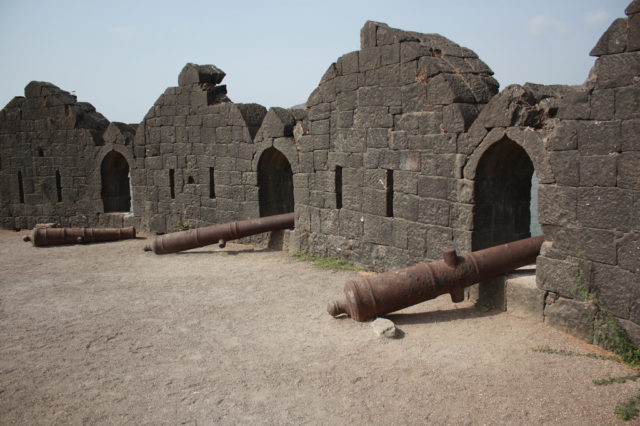
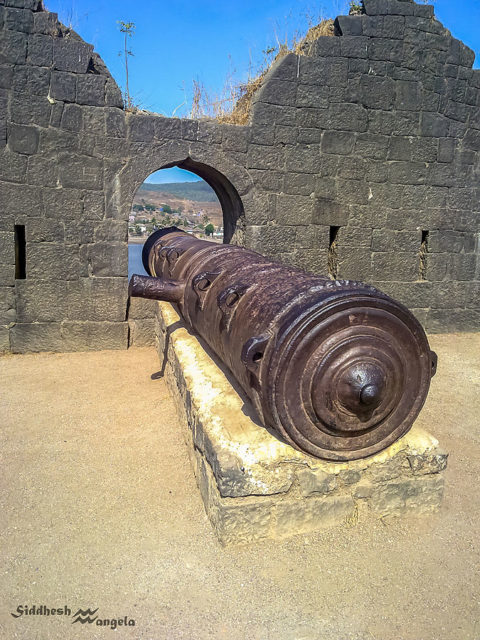
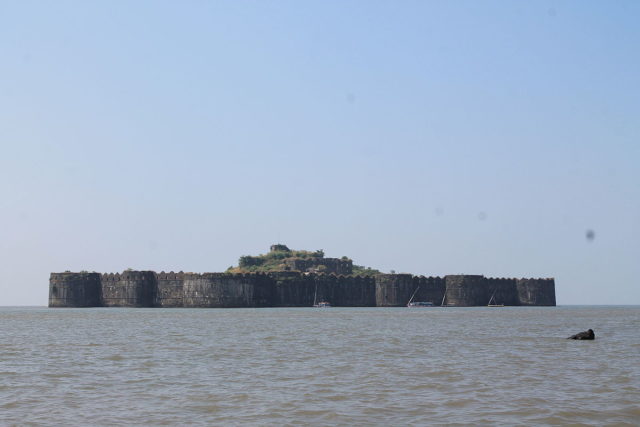
This invincible fort remained unconquered until 1947 when the Brits signed a treaty with the Siddis that the fort would remain under local rule, a sole independent outpost in all of colonial India.
